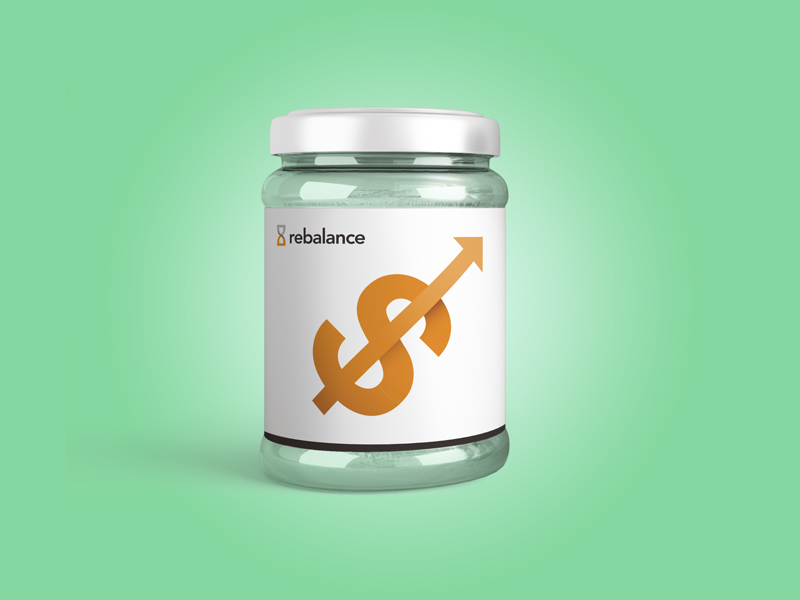
Over the past decade or so, a lot of well-meaning investment writers have tried to explain what is “special” or “different” about index investing.
After all, American savers have put literally trillions of dollars to work in index funds over the years. There must be something going on, right? There must be some reason legacy mutual fund advisors are ringing their hands and moaning about indexing “taking over.”
Here is the thing that surprises most people — an index fund really is nothing more than owning all of the stocks, as opposed to picking and choosing a few.
That may not seem special, but there is an amazing twist to the story. Turns out portfolio indexing, that is, owning all of the stocks, is better.
There are few reasons why.
First of all, owning the entire index of stocks — say, the S&P 500, which represents the largest 500 U.S. companies — means you do not own too much of any one stock.
Since index funds usually are weighted, you do own more of some stocks than others. Your money is still quite spread out compared to actively managed funds, which tend to own as few as 10 or 20 stocks at a time.
As a result, your risk of loss is quite spread out, too. A dozen companies could go bankrupt in any given year and the effect on your overall investment would be minimal. A wipeout in a concentrated portfolio would be devastating.
Second, you do not have to “guess right” which companies are going to have a great year vs. have a so-so year. The data has shown over and over that people are terrible at guessing anyway.
Finally, over the long run the stock market is remarkably consistent. There are bull markets and bear markets, but it is extremely hard for even the most experienced stock pickers to choose the right stocks only for the up years and be safely out when things go wrong.
In fact, various long-range studies put the chances of being right about market direction at roughly 10% of investment managers, meaning indexing wins the other 90%.
Musical chairs
Your own chances of owning that minority winning mutual fund at the right moments is much lower. Winners and losers change year to year, like a game of musical chairs but with your money at stake.
On top of that, active fund managers charge you big bucks whether they’re right or not. Heads they win, tails you lose.
So what’s the “secret sauce” at Rebalance? It’s alarmingly simple.
Rebalance advises our clients to own stocks via index funds, of course. The low fees and transparency of index funds are difficult to beat.
But we also help clients earn more return for less risk by combining index funds of different asset classes, such as small company stocks, government bonds, corporate bonds, foreign shares and foreign debt, real estate, preferred stock and more.
We do not know which of these asset classes will do best in any given period of time. The thing is, nobody knows.
However, thanks to the prowess of our firm’s acclaimed Investment Committee, which proportions of each investment to own for a given client’s needs, and we know when to rebalance them intelligently.
Portfolio’s of low cost index funds provide our clients with something we call “portfolio indexing.” In the end, what our clients get is the best of all worlds: low-risk, consistent and extremely hard to beat performance at a competitive price.
More for less, which as investment mantras go should be the way everyone invests, if you’re serious about retiring with more.





